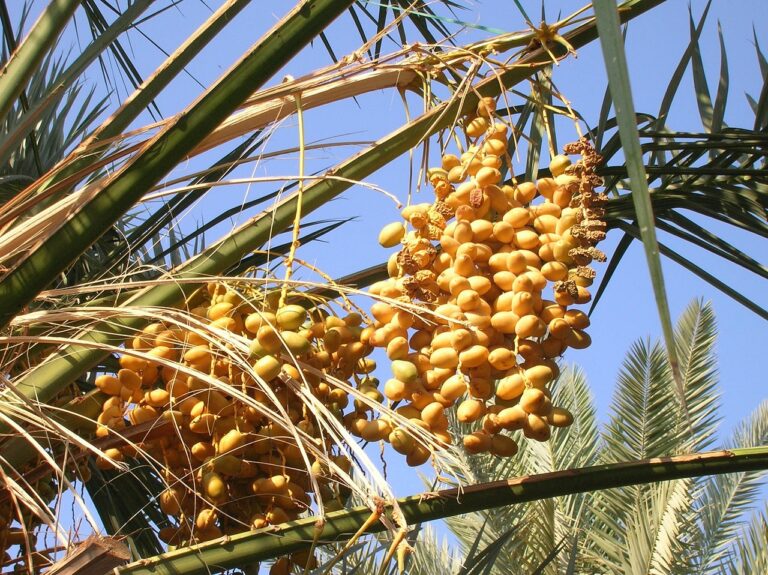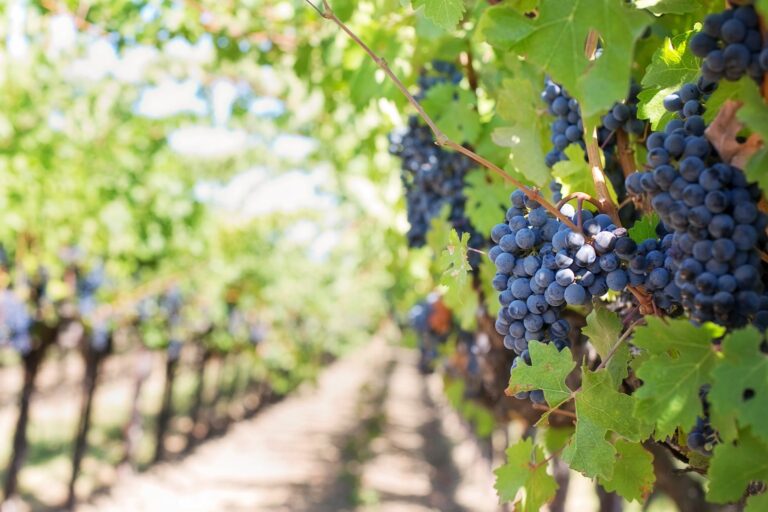Kenya’s Agri-Profit: Maize, Avocado, or Tomato Farming?
Agriculture is the backbone of Kenya’s economy, providing employment for over 70% of the population and contributing to more than 25% of the country’s GDP. With such a significant role, it’s essential to ensure that farmers choose profitable crops that will provide them with maximum returns on investment.
Moreover, choosing a profitable crop is essential for food security and poverty reduction in the country. By growing crops that offer high returns, farmers can increase their incomes and improve their standard of living.
They can also reinvest earnings into their farms to expand production and create job opportunities for others within their communities. In this article, we’ll compare maize, avocado, and tomato farming – three popular crops grown in Kenya – based on profitability.
We’ll examine each crop’s advantages and disadvantages and look at factors affecting profitability while providing tips on how to maximize profits. At the end of this article, you’ll be better informed about which crop will give you more bang for your buck!
Maize Farming
The Grain That Feeds Kenya
Maize farming is undoubtedly one of the most popular agricultural practices in Kenya. It’s a staple food crop that feeds the majority of Kenyans and is also a significant source of income for farmers. Maize farming is practiced in almost every region of the country, with some areas producing more than others.
Advantages and Disadvantages
One of the advantages of maize farming is that it can be grown in different soil types and climatic conditions, making it accessible to many farmers. The crop has a relatively short growth cycle (usually about three months), which means that farmers can harvest twice a year, thus increasing their income. On the other hand, maize farming has its disadvantages.
One significant disadvantage is that it’s vulnerable to pests and diseases such as stalk borers and maize lethal necrosis disease, which can cause significant losses if not controlled promptly. In addition, price fluctuations due to market forces can make maize farming less profitable at times.
Factors Affecting Profitability
The profitability of maize farming depends on several factors such as soil fertility, seed quality, pest control measures used, yield per acreage, and market prices. Farmers who have access to high-quality inputs such as fertilizers and certified seeds tend to get higher yields than those who use low-quality inputs.
Furthermore, proper pest control measures such as timely application of pesticides significantly reduce crop loss due to pests and diseases. Favorable weather conditions also play a crucial role in determining profitability.
Tips for Maximizing Profits
Farmers who want to maximize profits from their maize farm should consider using high-quality inputs such as certified seeds and fertilizers. They should also ensure proper pest control measures are taken by seeking advice from agricultural extension officers or agronomists. Additionally, proper land preparation, timely planting, and weed control can help increase yields.
Farmers should also explore alternative markets such as value addition or selling directly to consumers rather than relying solely on the traditional market channels. Good record-keeping helps farmers keep track of expenses and profits, enabling them to make informed decisions that can positively impact their farm’s profitability.
Avocado Farming
Overview of avocado farming in Kenya
Kenya has emerged as one of the biggest avocado producers in the world, with a majority of its exports going to Europe. The country produces different varieties of avocado such as Hass, Fuerte, and Pinkerton.
Avocado farming requires a proper understanding of the planting process, irrigation practices, and pest management techniques. The ideal growing conditions for avocados include well-drained soil, moderate temperatures, and consistent rain throughout the year.
Advantages and disadvantages of avocado farming
One advantage of avocado farming is that avocados have a high demand in both local and international markets due to their numerous health benefits. Additionally, avocados have a longer shelf life compared to other fruits like tomatoes. However, one major disadvantage is that avocados require patience as they take two to three years to mature before yielding any fruits.
Factors affecting profitability
The profitability of avocado farming depends on various factors such as weather conditions, disease management practices, market demand for the fruit and price fluctuations. For instance, poor rainfall or waterlogging can lead to root rot which can lower yield potential.
Tips for maximizing profits
To maximize profits from avocado farming in Kenya, farmers should invest in quality seedlings from reputable nurseries and use appropriate fertilizers during planting. Proper irrigation practices should also be implemented to ensure consistent water supply throughout the growing period. Farmers should also monitor their farms regularly for pests and diseases by implementing integrated pest management strategies that minimize pesticide use while maximizing crop protection
Tomato Farming
Overview of tomato farming in Kenya
Tomatoes are one of the most popular commercial crops grown in Kenya. They are easy to cultivate and have a high demand in both local and international markets.
The crop can be grown throughout the year, either in greenhouses or open fields. Due to its versatility and high demand, tomato farming has become a popular venture for Kenyan farmers.
Advantages and disadvantages of tomato farming
One of the biggest advantages of tomato farming is that it has a high return on investment. The crop requires minimal inputs (such as water, fertilizer, and pesticides) and has a short gestation period, making it possible for farmers to generate income quickly.
Additionally, tomatoes have a long shelf life, which means they can be transported easily without spoiling. However, there are also some disadvantages to tomato farming.
One common challenge is that tomatoes are susceptible to pests and diseases such as bacterial wilt, nematodes, aphids, whiteflies, etc. This means farmers need to invest in pest control measures like pesticides or biological controls. Also, due to the perishable nature of tomatoes, post-harvest losses can occur if proper storage facilities aren’t available.
Factors affecting profitability
The profitability of tomato farming is influenced by various factors such as market demand (both locally and internationally), production costs (e.g., seedlings cost), access to financing (e.g., loans), inflation rates among others. Another factor affecting profitability is the yield per acreage: Tomato yields can vary significantly depending on factors such as soil fertility level/climate conditions/precision agro-technology used. Furthermore transportation costs also affect profits since most farmers rely on third-party transport services.
Tips for maximizing profits
To maximize profits from tomato cultivation in Kenya focus should be placed on improving production efficiency and minimizing costs. Farmers should consider using high yielding varieties of tomato seeds, practicing crop rotation where possible, employing precision irrigation methods/proper fertilization regimes and controlling pests.
Investing in post-harvest facilities such as refrigerated trucks or storage units can also help minimize wastage and boost quality of produce. Despite the challenges faced by farmers in tomato farming there are opportunities for profitability provided one adopts best practices and strategies to reduce wastage while having a keen eye on market trends.
Comparison between the Three Crops
So, which crop is more profitable in Kenya – maize, avocado or tomato? To answer this question, we need to compare the profitability of each crop. Maize farming is the largest agricultural activity in Kenya and provides a livelihood for millions of people.
Tomatoes are also widely grown across the country and are a staple food in many households. Avocado farming has gained popularity in recent years due to high demand from international markets.
Profitability Comparison between Maize, Avocado, and Tomato Farming
The profitability of each crop depends on various factors such as market demand, production costs and yield potential. Maize has a high yield potential but also requires large amounts of fertilizer and pesticides which can be costly for small scale farmers.
On the other hand, avocadoes have high demand in international markets, resulting in good prices for farmers who export their produce. Tomatoes have a shorter growing season compared to maize and avocadoes but require intensive care which can increase production costs.
Which Crop Is More Profitable Based on Factors Such as Market Demand, Production Costs, and Yield Potential
Based on market demand alone, avocados seem to be the most profitable crop due to their high demand from international markets. However, production costs such as fertilizers and pesticides needed for maize farming can be offset by its higher yield potential than that of tomatoes or avocados. Additionally, tomatoes have a shorter growing season compared to maize and avocados which may make it an attractive option for some farmers.
Choosing the most profitable crop depends on various factors such as market demand and production costs which vary over time depending on external factors such as weather conditions or global economic trends. Moreover, it is important for farmers to consider their individual circumstances before deciding which crop will provide them with maximum profits.
ConclusionSummary of key points discussed in the article:
In this article, we have explored three major crops that are profitable for Kenyan farmers. We looked at maize farming and discussed its advantages and disadvantages, factors affecting profitability, and tips for maximizing profits. We also examined avocado farming and tomato farming with the same level of detail.
After analyzing the profitability of each crop based on market demand, production costs, and yield potential, it’s clear that avocado farming is the most profitable among the three crops. Despite being relatively difficult to grow compared to maize and tomatoes due to its sensitive nature, high value of avocados in international markets means there is a lot of money to be made if done correctly. Final recommendation on which crop is more profitable in Kenya:
If you are a Kenyan farmer looking for a highly profitable crop to grow with minimal competition, we highly recommend investing in avocado farming. However, if you have limited resources or experience as a farmer then we would recommend starting with maize or tomato farming first before branching out into more complex crops like avocados.
Ultimately though, success in any crop requires careful planning and execution. With the right approach and attention to detail, any farmer can achieve great success growing one or more of these profitable crops.







